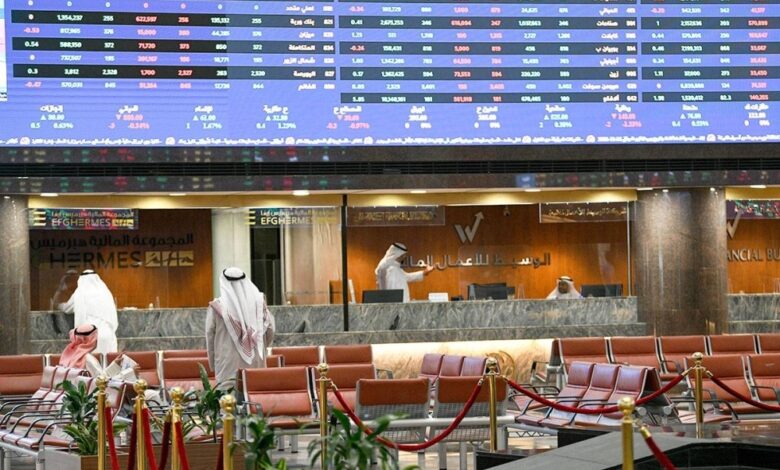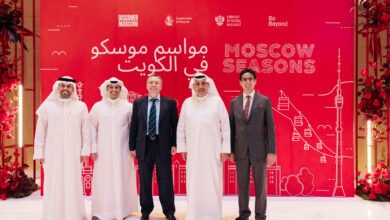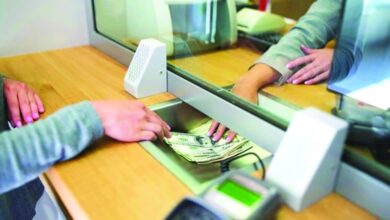Boursa sees surge in activity and liquidity in June 2025, but disparities persist

The Kuwait Stock Exchange (KSE) saw a notable improvement in performance in June 2025 compared to the previous month.
According to the weekly report by Al-Shall Economic Center, all main indices recorded gains, with the Premier Market Index up by 4.4%, the Main Market Index by 3.3%, and the General Market Index by 4.2%. The Main 50 Index inched up by 0.2%, and the total market capitalization surpassed KD 50 billion.
Liquidity saw a 14.1% increase, reaching KD 2.081 billion in June, compared to KD 1.824 billion in May. The average daily trading value climbed to KD 115.6 million, a 33.1% jump from May’s average. For the first half of 2025, liquidity totaled KD 12.627 billion, with an average daily value of KD 108.9 million, nearly double the level seen in 2024, reports Al-Jarida daily.
However, liquidity distribution remains heavily skewed. Roughly 50% of listed companies received only 4.3% of total liquidity, and 35.7% of companies got just 1.5%. In contrast, 12 small-cap companies, representing only 2.9% of total market value, absorbed 33.1% of liquidity. Two of these alone accounted for 19.4% of total market trades.
The Premier Market (33 companies) attracted 72% of liquidity (KD 1.497 billion), with Kuwait Finance House (KFH) and Warba Bank leading at 19.9% and 12.6%, respectively. Meanwhile, the Main Market (107 companies) saw 28% of liquidity (KD 583.1 million), with just 20% of its companies capturing over 72% of its liquidity.
The Kuwait Clearing Company’s half-year trading report confirmed that corporations and institutions remain the dominant market participants, accounting for 64.2% of purchases and 62% of sales.
Individuals followed, with shrinking participation—33.9% of purchases and 35.9% of sales. Other contributors included client portfolios (1.6% sales) and investment funds (0.5%).
The stock exchange remains largely domestic, with Kuwaitis conducting over 87% of sales and 84% of purchases. Non-GCC foreign investors had a more active presence (14.4% of purchases) than Gulf investors (1.5%).
However, despite market momentum, active trading accounts fell by 0.5%, totaling 22,429 accounts by June’s end, a reversal from the 5.7% increase observed in the same period of 2024.
The report concludes that while trading activity and liquidity are on the rise, the market’s concentration of liquidity among a small number of companies remains a structural challenge—one that may affect the long-term inclusiveness and depth of Kuwait’s capital markets.












